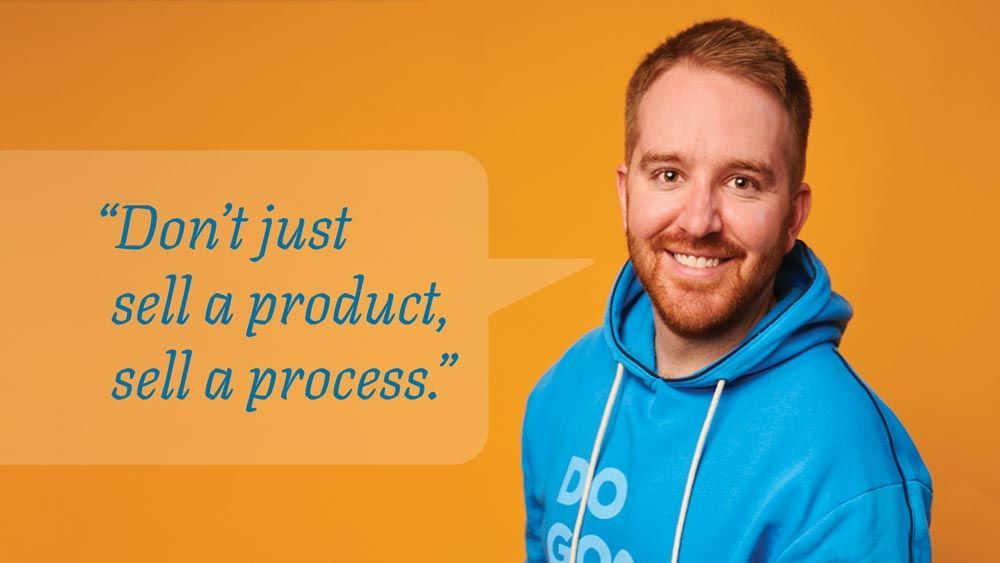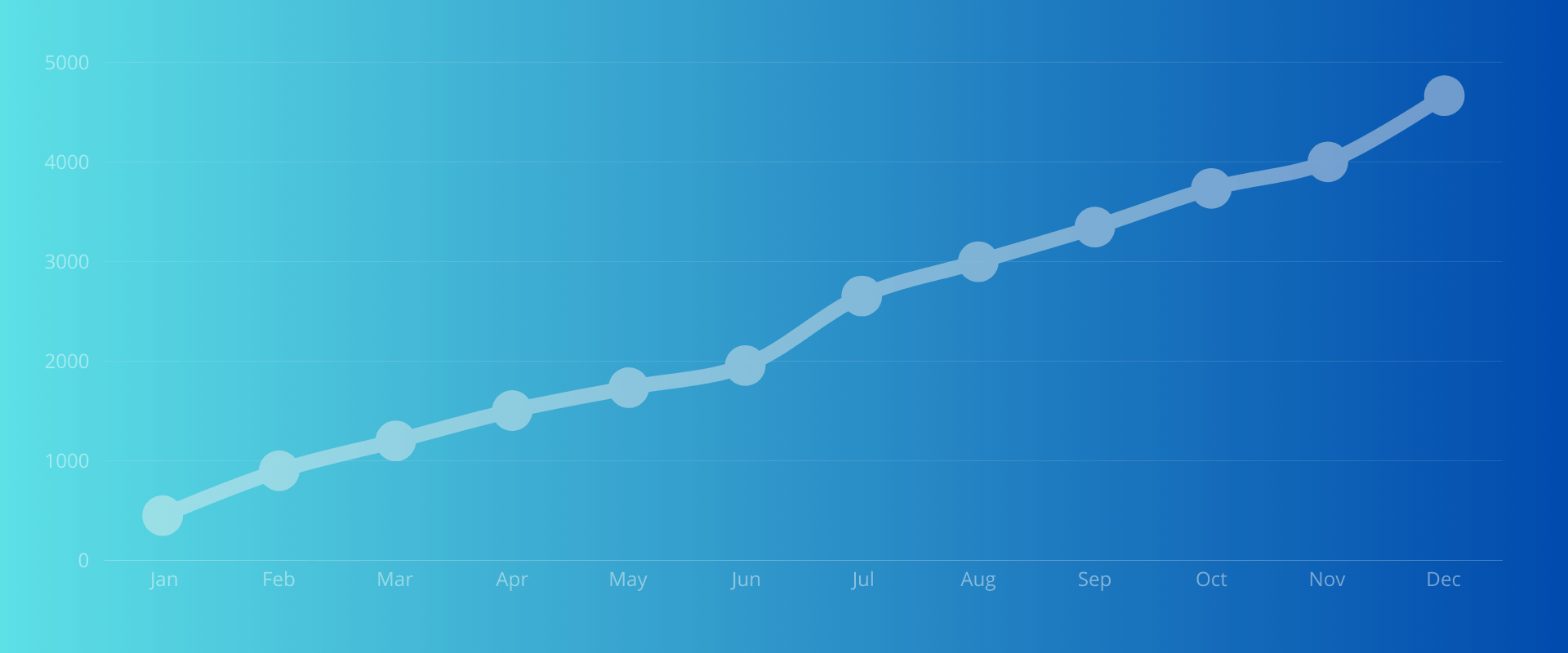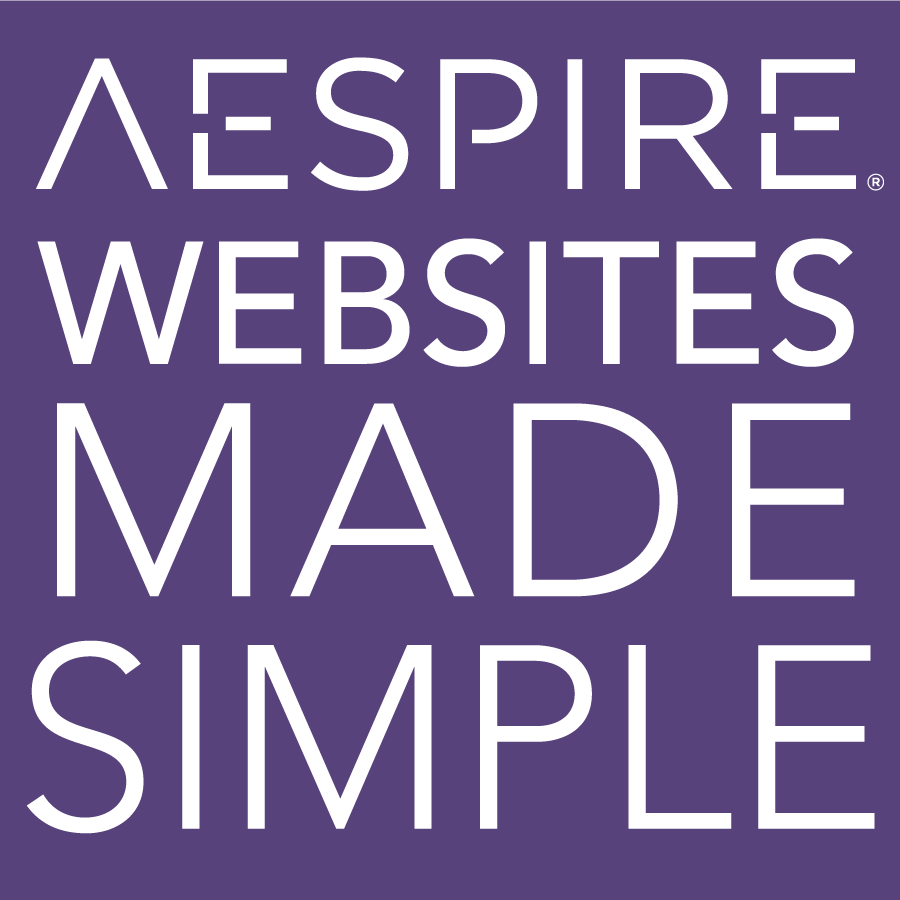Branding Lessons from Steve Jobs
What made Steve Jobs so great?
Apple announced Steve Jobs' retirement as CEO on August 28, 2011. There will be many articles written, including this one from FastCo Design: What Makes Steve Jobs so Great?
Jobs’ insights are key to design thinking: put yourself in the user's place, and design for them. Recalling Jobs first meeting with Jonathan Ive, the writer states
“That single moment in the basement with Ive tells you a great deal about what made Steve Jobs the most influential innovator of our time. It shows you the ability to see a company from the outside, rather than inside as a line manager.”
Jobs understands that it's about the user's experience with the computer, with the operating system. That transcends to the user's experience with the company, and ultimately the brand. It's about the user, not the company. It's not about the technology, but how the user will feel when they are using. It's not about how great the company is, but how great the customer will think the company is.
Cliff Kuang also points out Jobs' impeccable timing, and patience with the market:
"...many of Apple's recent signature products, such as the iPad or the iPhone, were based on products first conceived of in the 1990s or even the 1980's--they had to bide their time."
Steve Jobs legacy and inspiration runs deep at Aespire. As a dedicated Apple user, shareholder and (unpaid) evangelist, we've been closely aligned with Apple from the day I first turned on the Macintosh 512K, to the Powerbook 520, all the way to my custom-built MacBook Pro.
Beyond that, my early love of calligraphy and handlettering became the foundation of my professional and business alter ego, now named Altered Ego Fonts, where we design fonts that make words beautiful. Even Seth Godin acknowledges Jobs’ contribution to fonts. At Stanford, Jobs said:
“Reed College at that time offered perhaps the best calligraphy instruction in the country. Throughout the campus every poster, every label on every drawer, was beautifully hand calligraphed. Because I had dropped out and didn't have to take the normal classes, I decided to take a calligraphy class to learn how to do this. I learned about serif and san serif typefaces, about varying the amount of space between different letter combinations, about what makes great typography great. It was beautiful, historical, artistically subtle in a way that science can't capture, and I found it fascinating.
None of this had even a hope of any practical application in my life. But ten years later, when we were designing the first Macintosh computer, it all came back to me. And we designed it all into the Mac. It was the first computer with beautiful typography. If I had never dropped in on that single course in college, the Mac would have never had multiple typefaces or proportionally spaced fonts. And since Windows just copied the Mac, it's likely that no personal computer would have them. If I had never dropped out, I would have never dropped in on this calligraphy class, and personal computers might not have the wonderful typography that they do. Of course it was impossible to connect the dots looking forward when I was in college. But it was very, very clear looking backwards ten years later.”
In 2008, Steve Jobs gave a thoughtful commencement address at Stanford University. I highly recommend that you read it:
Steve Jobs Stanford Commencement Address
In addition to being a college dropout, he's been fired from the company he started, and been diagnosed with cancer. In spite of that he says: "Again, you can't connect the dots looking forward; you can only connect them looking backwards. So you have to trust that the dots will somehow connect in your future. You have to trust in something — your gut, destiny, life, karma, whatever.This approach has never let me down, and it has made all the difference in my life."
How long ago do you think that he started the strategy that has resulted in the iPod, iTunes and now the Intel-based Macs? (A brilliant strategy. How long before corporations see the value of moving to the Macintosh platform?) He's proved that a company doesn't have to be the size or scope of Microsoft, as long as it's focused and creates products that are preferred by its customers.
And although he's surrounded himself with product designers and those capable of executing the vision he has set forth, it's largely in part to him that Apple has enjoyed this success. He is the quintessential entrepreneur and business leader.
Truly remarkable. Thanks, Steve, for the commitment you made to design, branding, and your customers.
Apple will continue to innovate, to flourish, to lead. I hope I can connect the dots as well as Steve Jobs has for a long, long time!
Read some of Job's best quotes at Wall Street Journal.
Do you have a hard time explaining what your company does or why your brand matters to people?
If you struggle to grow your business, you’re not alone. Aespire can help you create a clear message and brand that helps you grow your business. Contact us today for a consultation with a StoryBrand Certified Marketing Guide.
Get a Free Comprehensive Marketing Assessment
Stop hoping your marketing will sort itself out.
- Complete this free assessment in 15 minutes.
- Review your custom report (and schedule a 30-minute review) to diagnose what’s happening.
- Create an action plan to get your marketing back on track.








